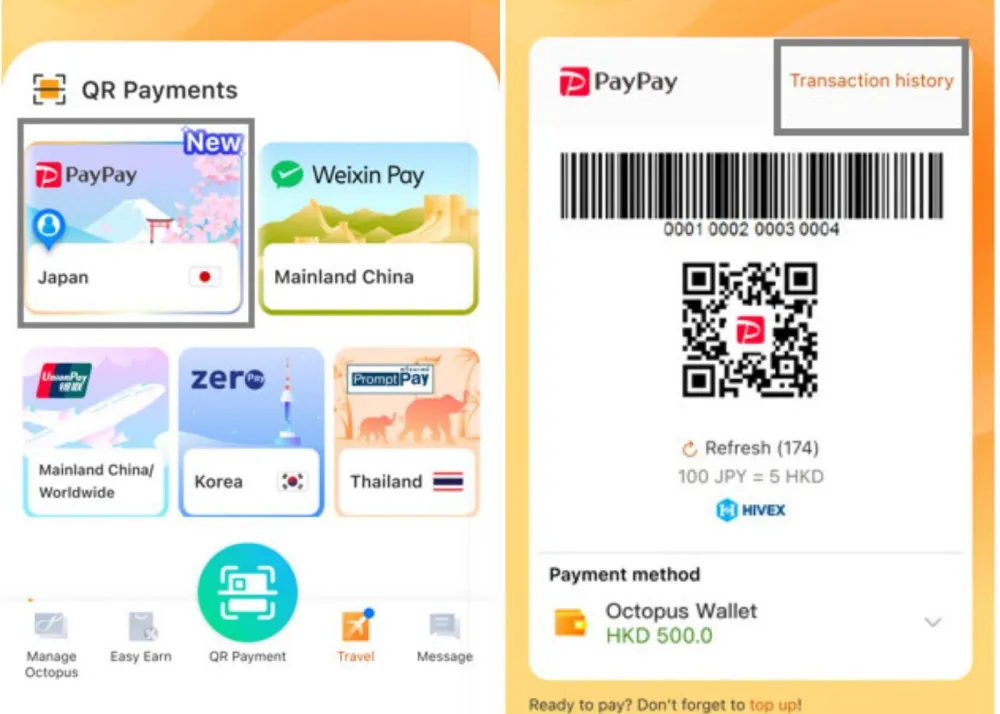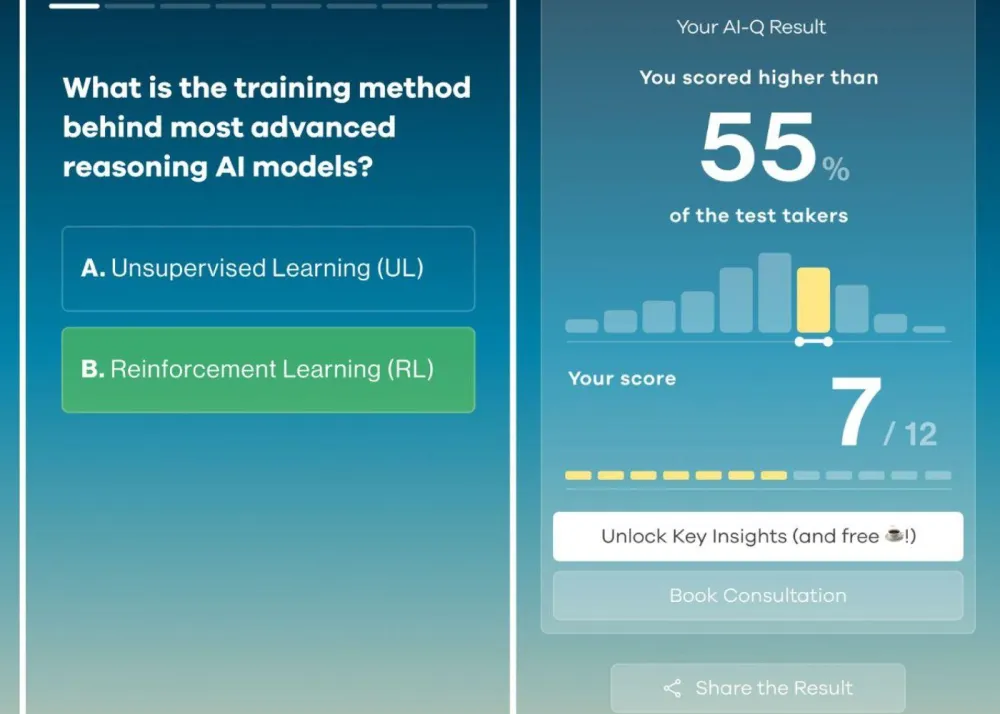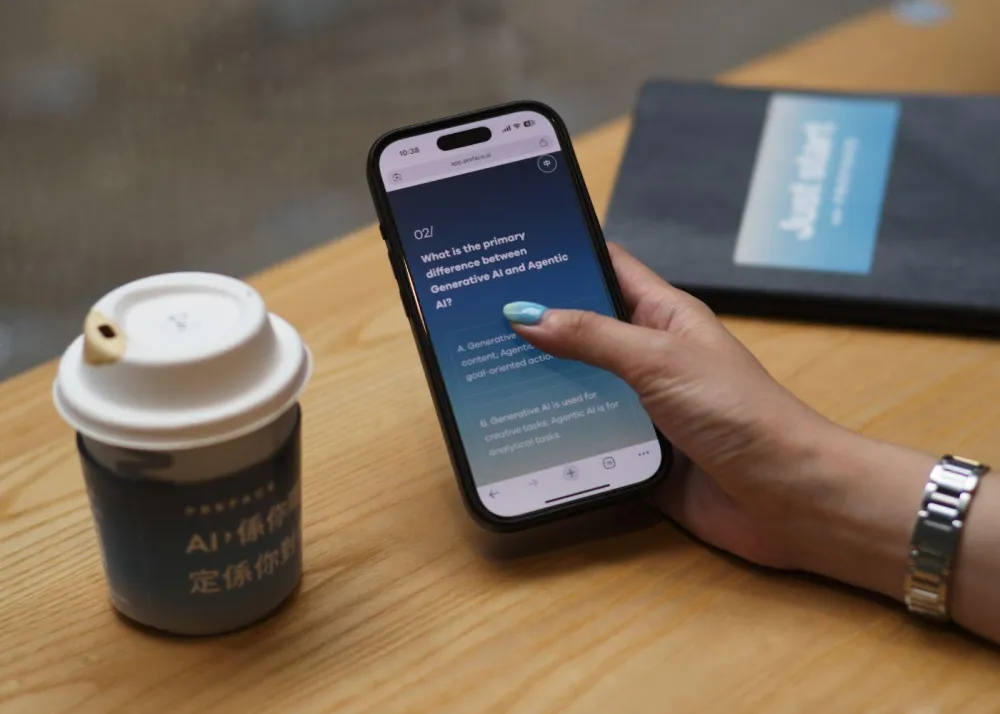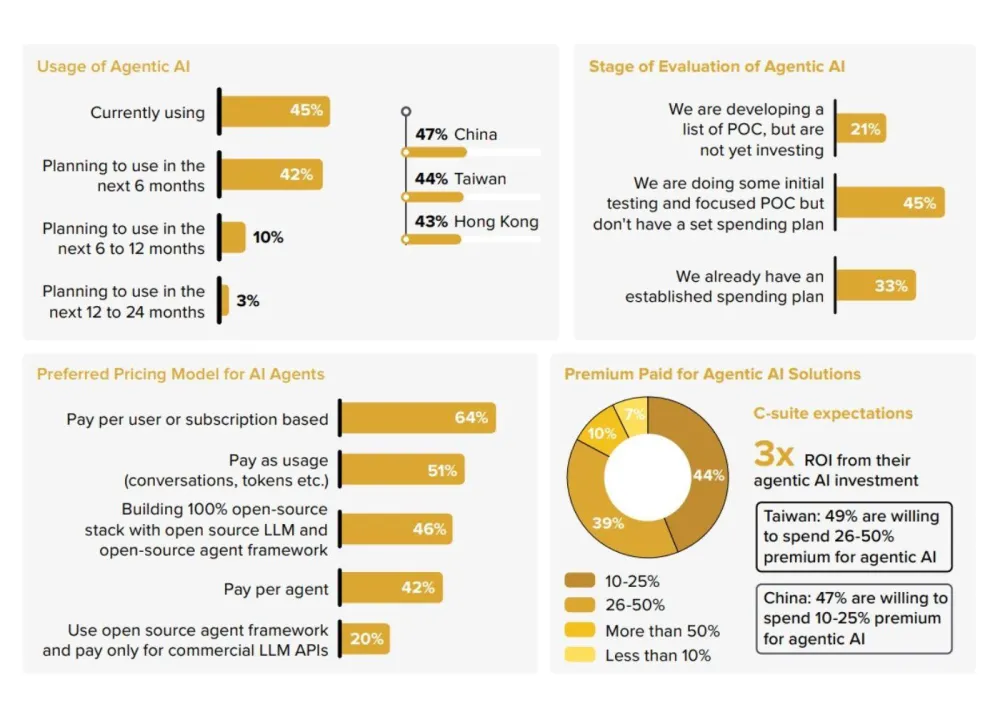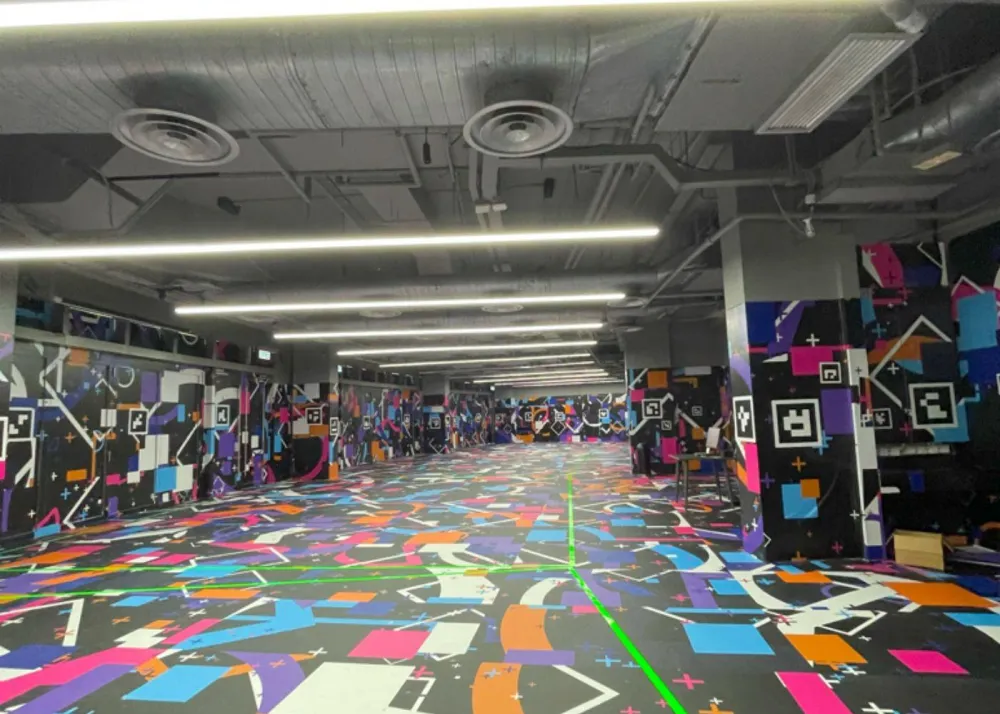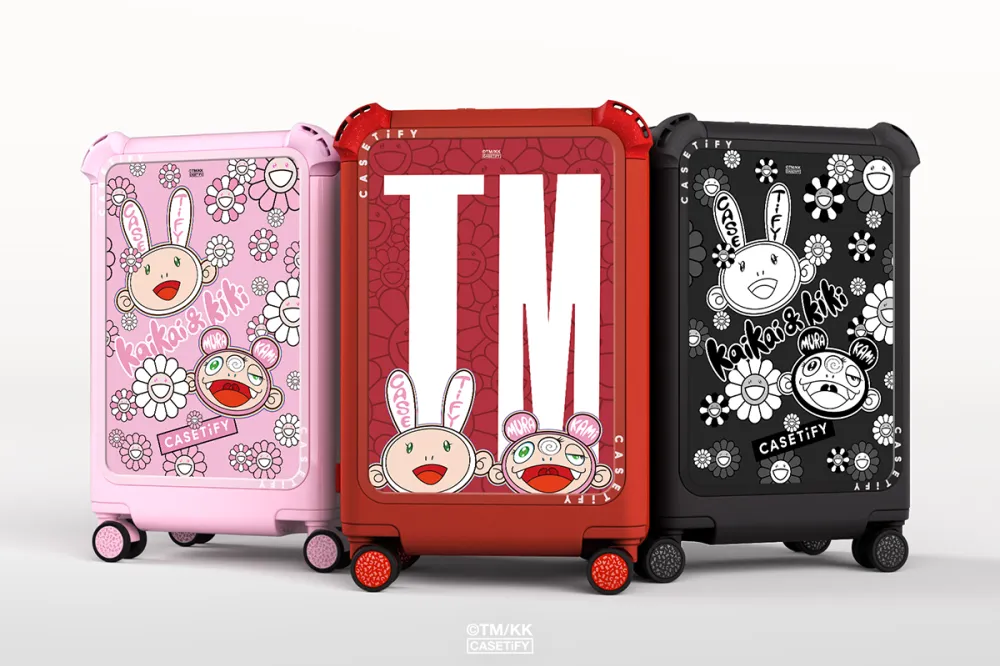Challenges Of Virtual Interviews and Onboarding

Due to the pandemic, we’ve heard so much news and stories about layoffs, salary cuts, and employee downsizing all over the world, but there are still companies out there who have been successful in creating job opportunities and continuously going through the hiring process.
Because of restrictions and other regulations mandated to reduce the spread of the virus, there has been a change in the actual hiring process. What was normally an in-person interview has now shifted to video or virtual interviews.
Hiring a candidate is not as easy as everyone thinks, it takes a lot of time to find the best one that would fit your company. If in-person interviews are already challenging, what more for virtual interviews?
The Drawbacks of Virtual Interviews
Internet Connection
Video interviews rely so much on a stable and fast internet connection. If a candidate’s ISP has a bad quality of service, the interview would experience frequent disconnection or poor audio quality, which will prompt a recruiter to select another candidate. Even if a candidate has a stronger set of knowledge and experience, the technical factors can affect the recruiter’s decision.
Poor Video Quality
As a recruiter, you want to see candidates that don’t only have a strong skill but also, presentable, and capable of showcasing themselves. If candidates have poor video quality, the chances of them getting hired are low and the chances of you as a recruiter to move on to someone else.
Harder to Read Someone
Since you won’t be having a direct interaction with a candidate, it won’t be easy to evaluate their personality compared to a normal in-person interview. Recruiters can understand messages through body language, and they can tell if you’re suitable for the role from the moment an applicant walk through the door. Without direct interaction, the recruiter won’t be able to pick up non-verbal cues which usually help when deciding if a candidate is a good hire.
It’s not only a challenge for recruiters but also applicants. Not everyone is comfortable sitting in front of the camera or have modern laptops or PCs that feature a high-quality webcam.
The challenges of virtual onboarding
Instill company’s work of culture
All companies have their own work culture and core values to operate by and that is what everyone can sense and adapt while working within the company and talking to colleagues in person. Instilling this culture can be a challenge when working virtually or remotely.
Helping them feel part of the team
Video calls are effective, but the sense of connectivity won’t come by instantly. Starting a new job is intimidating and even more so when done remotely. As much as possible, employers would want new employees to feel at home and experience the feeling of working in the company by talking to their colleagues directly and have that face-to-face interaction.
Role Clarity
New employees need to understand their role and what is expected of them in terms of schedule and responsibilities. Shadowing a co-worker allows him/her to learn his/her task but virtual onboarding requires a different approach. You might have to provide materials or training videos that can better explain and clarify his or her role, which can be time-consuming for your team.
Human interaction
First meetings provide a new perspective for employees regarding the team and management, and without that human connection, it can be challenging. There will be doubts, delays, or confusion for the first few days and that takes away the time to focus on the task at hand.
As an employer, you want them to create a sense of camaraderie or a sense of belonging that will make them stay which can be difficult if it’s done virtually.
Subscribe to The Beat's newsletter to receive compelling, curated content straight to your inbox! You can also create an account with us for free to start bookmarking articles for later reading.










